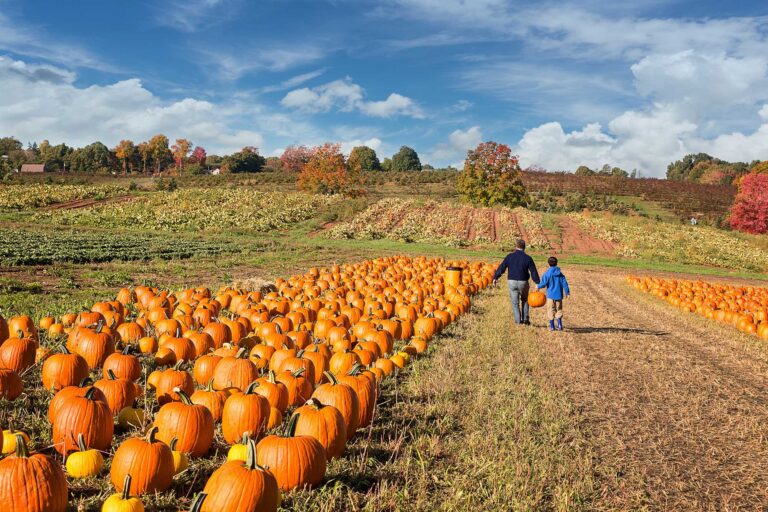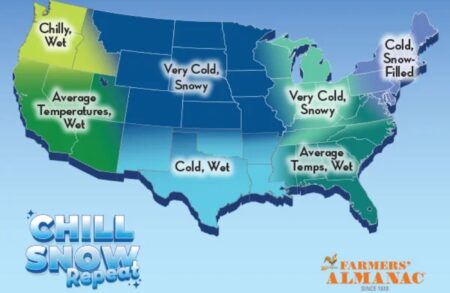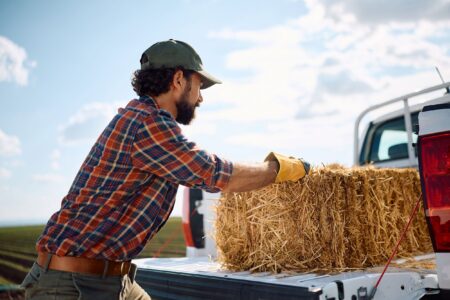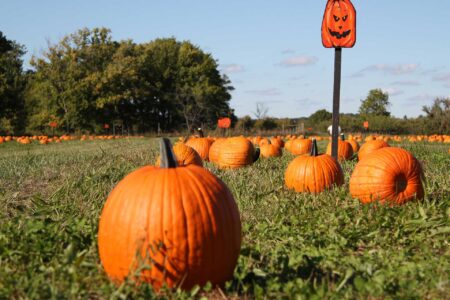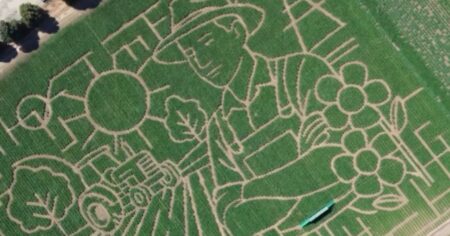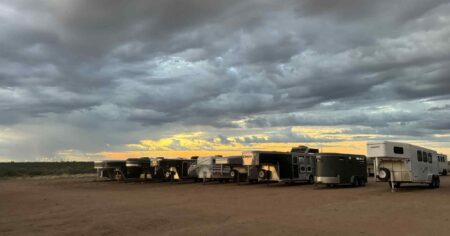Agritourism is so much more than a fun day on the farm. It’s a chance to connect with consumers, show off your farm (and way of life), and generate some income. Making your agritourism event or location a success depends on a few things, including your ability to make your event worth people’s time, memorable, engaging, and safe. Whether it’s a corn maze, farm to table dinners, pick your own produce, a chance to pet/meet animals, or whatever else you can dream up, here’s some ways to make sure your event is a success:
First up, know your audience. This might seem like an easy step, but it’s very important. Is your audience kids and families who need spaces to play and get energy out? Or is it tourists who are new to your area and want to hear more about the history and culture of where you live? It might be foodies who would get excited about new menu items, cooking demonstrations, and unique ingredients. Maybe it’s adults who want a space to relax.
If you know who you’re catering your event and space for, it makes planning for the event and advertising so much easier.
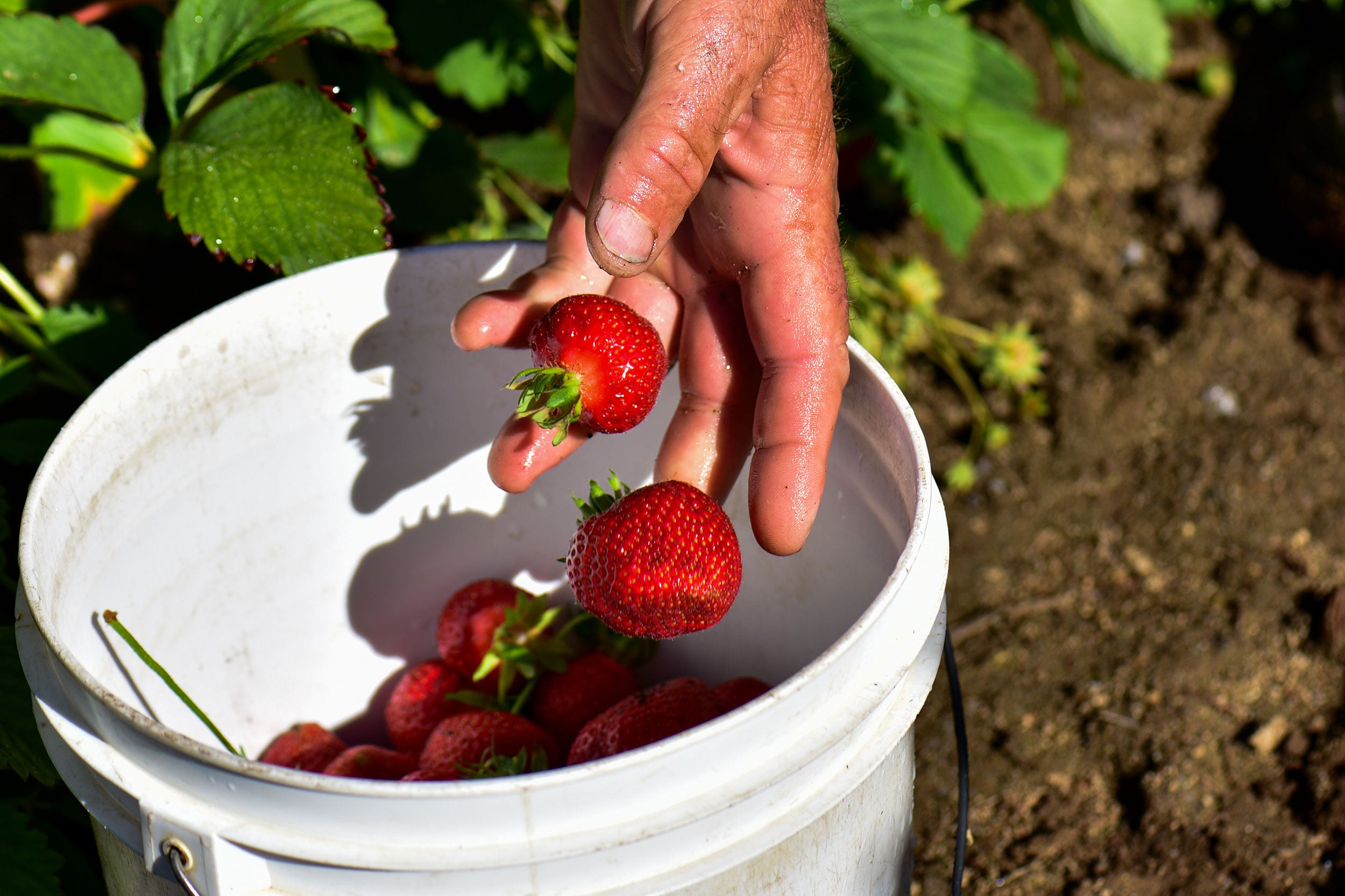
Safety is another big concern. Making sure that you have clearly marked walking paths, signage about handwashing and handling of animals, and more can make things clearer and safer for attendees. Families with kids might be concerned about going to an agritourism event because it might be outside, with moving equipment, with animals, and on uneven ground. Making sure that you have prepared staff and plans in case of emergencies or weather problems can go a long way to making visitors feel comfortable at your location.
You can also find farm safety tips and signage online or from your local Farm Bureau organization or Extension office.
People want real agriculture and to learn real things. The majority of people who attend agritourism events don’t just go for a photo op. So many people are interested in agriculture because not everyone has a family member who lives on a farm any more. People want the chance to tour a working farm and see how their food is actually produced, to try things like picking apples, feeding calves, or riding horses, and to hear the story behind it all. Part of this is education. People have so many questions, so give them opportunities to ask or provide signs explaining what a piece of equipment is and what it does.
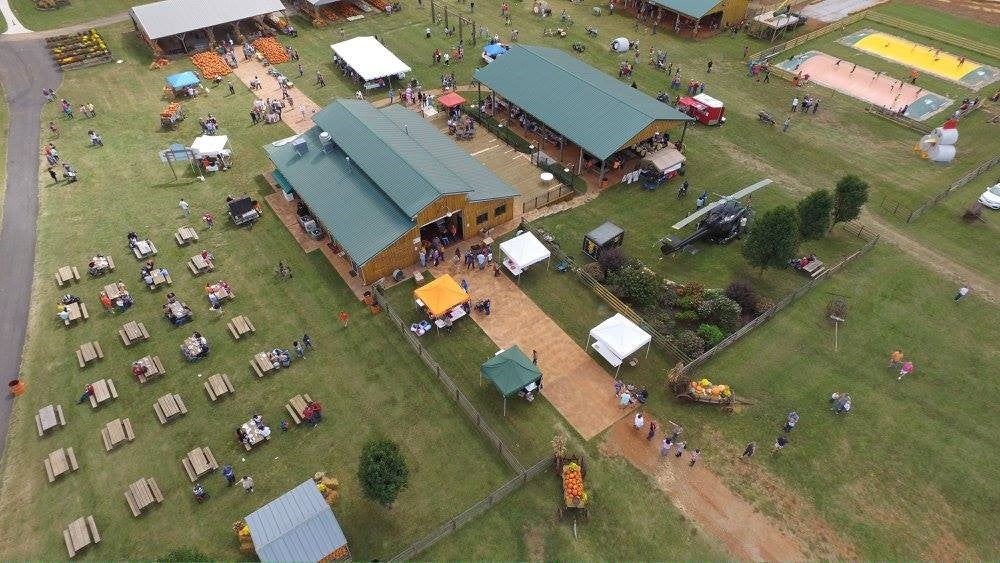

You can also find partners to help at your events. Many 4-H groups and FFA chapters would be willing to give demonstrations or run an educational activity. There are also lots of agricultural businesses and organizations who would help put on events, provide resources and educational tools, or run an activity.
Spreading the word about events can be tricky. Don’t just rely on one way to advertise your event. Utilize social media, newspapers, radio stations, share it in community groups, create flyers and hang them at businesses and more. But, the hard part is doing this strategically. Think about your audience again. If you’re targeting younger people, Facebook and Instagram might be good, alongside flyers at certain businesses or locations that they might visit. If you’re targeting families, social media might also be good, so would sharing it in community groups, asking schools to spread the word and maybe even sending flyers home with youth at school. If your target audience is older, newspapers and radio stations might be the first place you advertise. Creating a strategic plan to advertise and making sure you do it far enough in advance can pay off.
Make the event memorable. Be sure to offer unique opportunities to do and try things. You could set up designated photo spots so people can leave with that perfect photo. With visitor permission, you could share their photos on social media. If you’re offering a meal and the focus is on farm to table, label what ingredients came from where. Putting a name to the farm that provided the lettuce can be surprisingly memorable to people. Provide a full experience by bringing in food trucks, offer your own food and drinks, offer yard games and activities for people to do, or bring in bands or entertainment.
This will make people more likely to remember your event and tell others more about it.
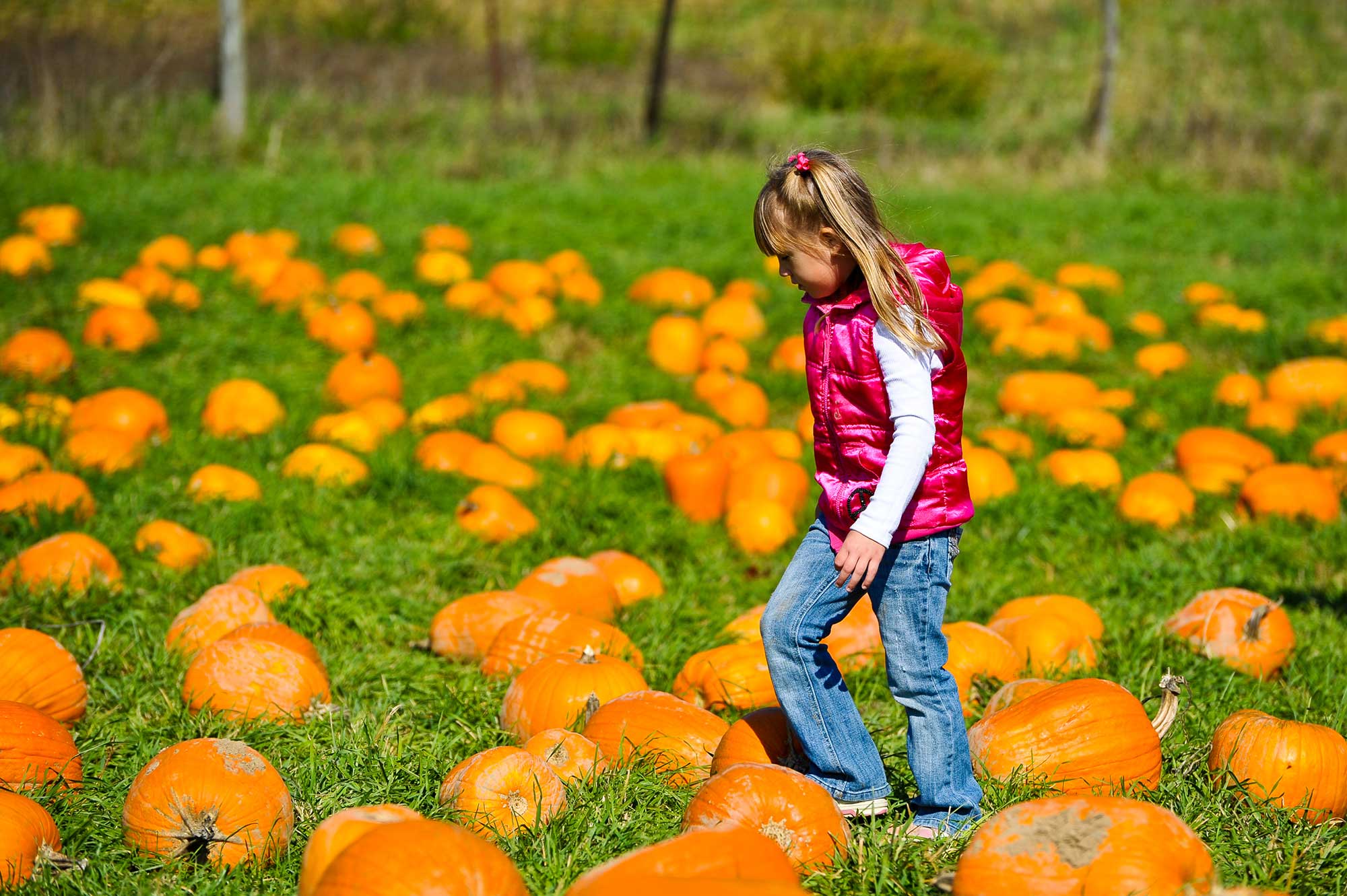

Be sure to ask for feedback. This event might be once a year, it might be seasonal, or maybe you’re doing agritourism every day. No matter what your situation, you can always work to improve and make your event better. Offer surveys and maybe even include an incentive (maybe a door prize) for completing it. Really listen to what people have to say and work to improve. A part of this is thinking long term. Making agritourism successful doesn’t just happen overnight. It can take a long time to gain a following and make your event recognizable. If you start with the basics, it can be easy to use your feedback to make small changes each year or time you have your event and make things better every day.
The entire goal of agritourism is to connect with people. Giving them a valuable experience and teaching them about agriculture lets people leave feeling excited, interested, and willing to share their agriculture story (even if it’s just visiting your farm).
By sharing your story through tourism, you are giving people an amazing experience and education all while creating a sustainable business through your farm or ag business.
Michelle Miller, the Farm Babe, is a farmer, public speaker, and writer who has worked for years with row crops, beef cattle, and sheep. She believes education is key in bridging the gap between farmers and consumers. Find more about Michelle on her website.


:max_bytes(150000):strip_icc()/6895916340_5f396535f9_o-972ad5a673d34233ba418fcaee4f3f33.jpg)
:max_bytes(150000):strip_icc()/50887088248_8702e49156_o-2-2000-c4d93817d27d4a1aa804c07afd06f145.jpg)
:max_bytes(150000):strip_icc()/CombineHarvestingSoybeans-MediumShot-1-2000-3c4824481cd24341a1466a26271affbd.jpg)


